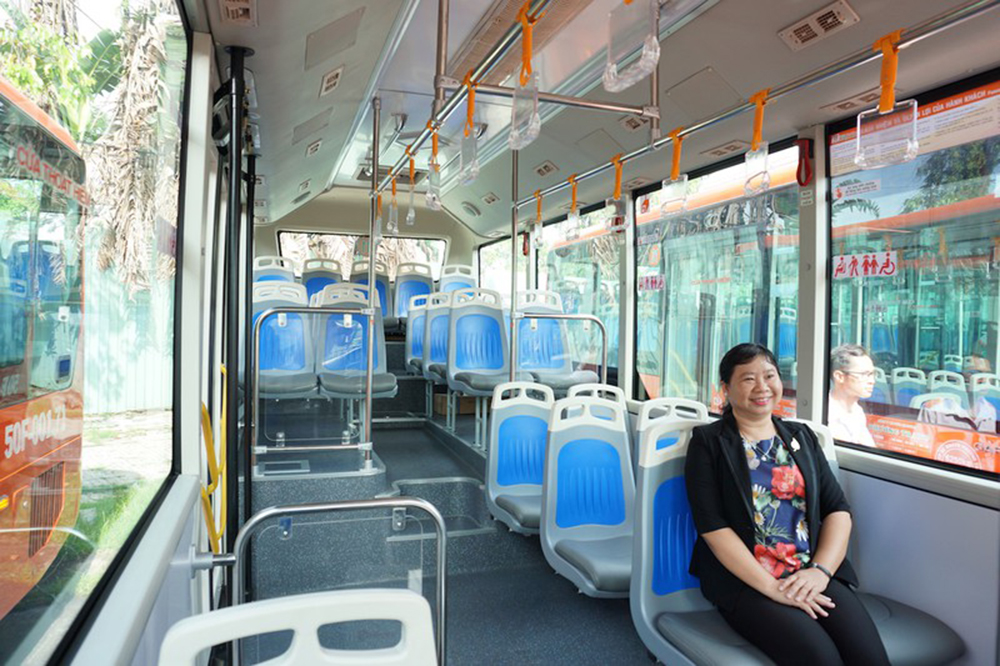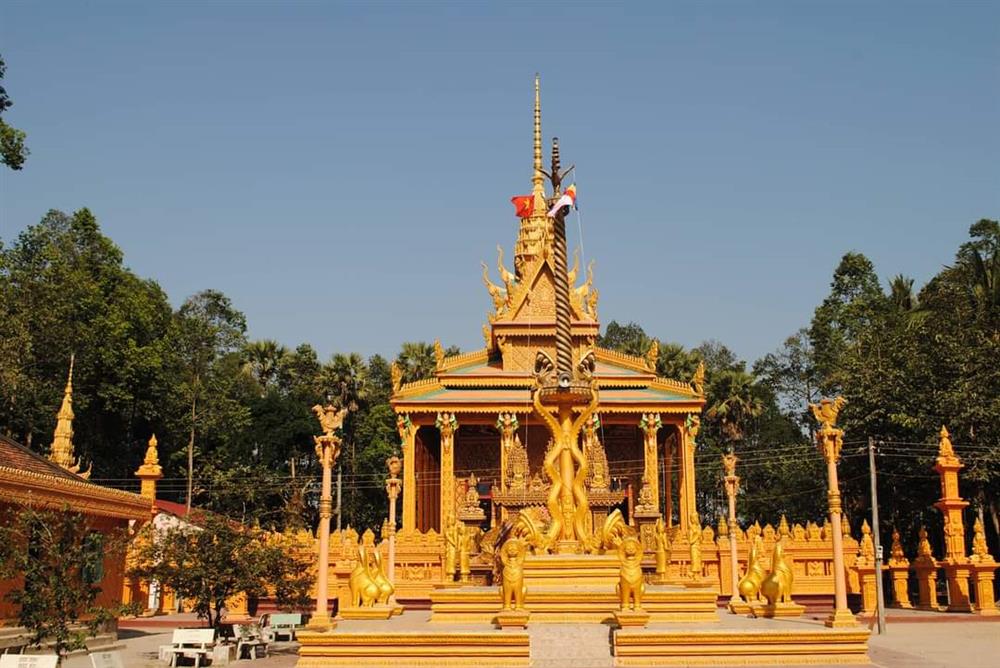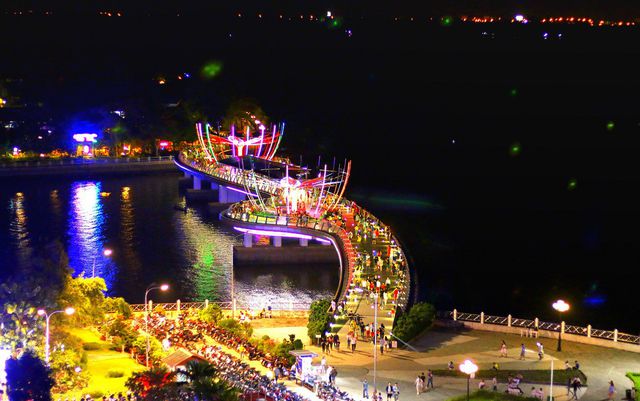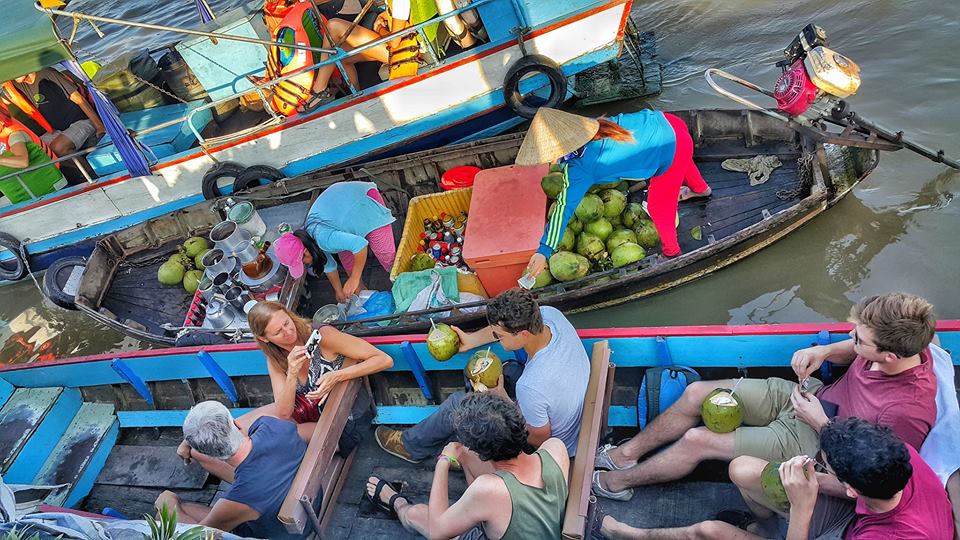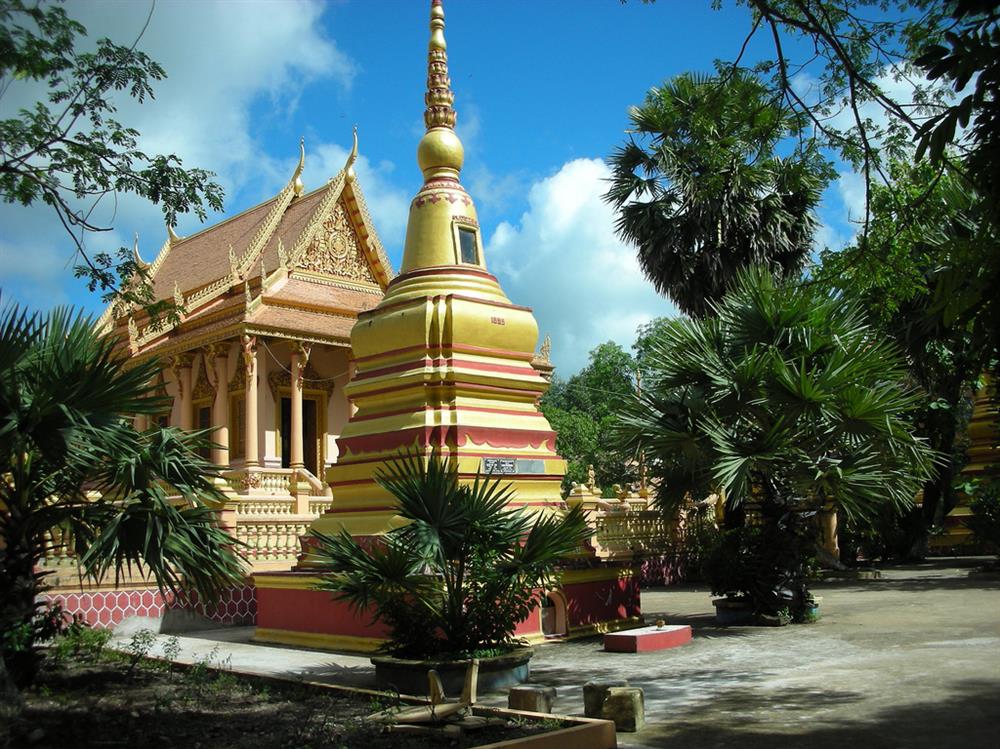It has been more than six years since Thuy Thien Nhu JSC’s farm for the organic food brand ORFARM in Hoa Binh province came into operation, with additional facilities for its ORFARM Eco-friendly Farmstay about to be constructed. According to Bui Bich Lien, CEO of Thuy Thien Nhu, the farmstay is built on the foundation of the existing organic farm, with the addition of northern-style cottages among lush vegetable gardens and flower beds.
Along with offering visitors a friendly experience close to nature, farmstays are also an opportunity to experience the daily tasks of a farmer. “Our goal is not primarily economic profit but to develop a sustainable economy together with locals, as well as regenerate the natural environment and provide our guests with clean and high quality agricultural products,” Lien said.
A New Trend
Farmstays have gradually been emerging as an attractive tourism model, especially as after the outbreak of the pandemic, the needs and preferences of tourists changed. Instead of noisy and prosperous tourist destinations, many travellers are looking for peaceful countryside and exploration experiences that are close to nature and offer benefits to health. With the advantages of both farms and homestays, the model attracts not only tourists but also investors.
Bobby Nguyen, founder of Mekong Rustic said, in addition to community-based tourism projects, he is currently planning to implement a number of farmstay projects in Tuyen Quang, Hoa Binh, Ben Tre, and Soc Trang. Bobby erxpects that the farmstay model will become a leading trend in the coming years as it offers rich experiences with the advantages of both agricultural and leisure tourism while including health-oriented activities such as yoga, macrobiotic therapy, and meditation.

As a farm-based tourism model, farmstays are only located on large plots of ground, usually in provinces like Lao Cai, Phu Tho, Quang Ninh, Hoa Binh, and Bac Ninh. In Hanoi, farmstays concentrate in Ba Vi and Soc Son.
These areas are convenient for transportation, have unique cultural elements and favourable natural conditions. Tourists coming to these farms are often older guests, international visitors, families with children from the cities, and students wishing to enjoy pastoral experiences on the countryside and immerse themselves in nature.
As larger cities like Hanoi, Ho Chi Minh City, and Danang are more and more polluted, farmstays could contribute to reducing urban tourism and prolonging the guests’ stay in a healthier environment, while also contributing to local economic development.
In contrast, the farmstay model could also offer a great source of revenue for investors as the model can also monetise on agricultural products, breeding, and cooking, in addition to accommodation.
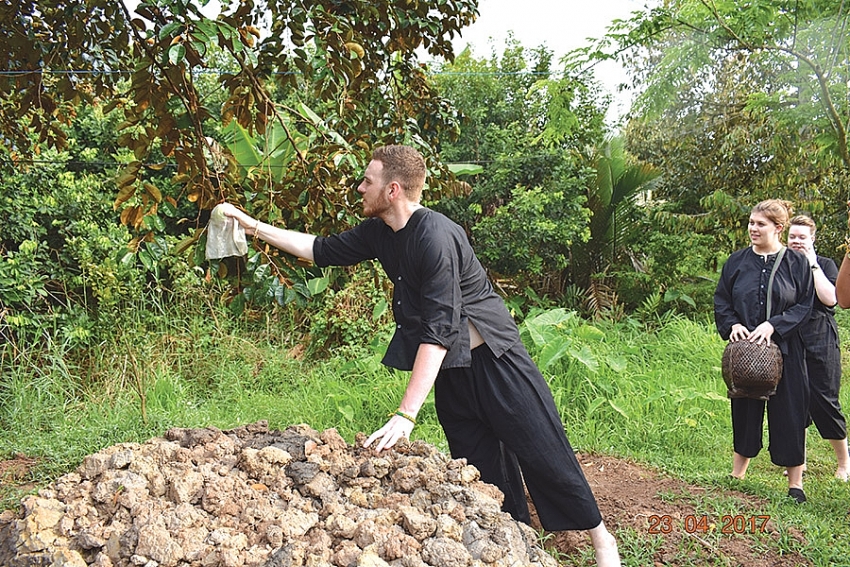
Sustainable Solutions
Although there is a lot of potential, the farmstay model also bears many potential risks, with the biggest ones relating to a lack of a clear regulations on this type of business. Therefore, the model, albeit very popular recently, is mostly applied spontaneously without clear standards. According to many experts, farmstays in Vietnam mostly focus on entertainment and relaxation rather than experiencing agricultural production and the lives of farmers.
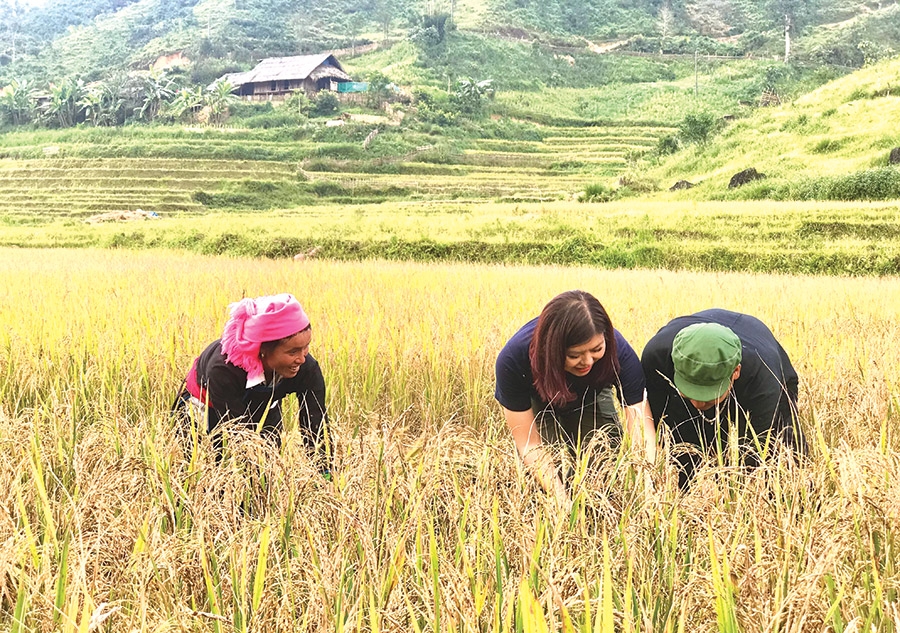
Neverthelesss, the attraction of this model led many investors to follow the movement, who focus on short-term profits while even accepting losses or adversities to the environment. Many investors aim for resort facilities, even though these are known for low returns, which sometimes take 10 years to be profitable.
The concept has also caused many farmstay-like models to be called farmstay, or like in many other cases, farmland is acquired and sold to investors, while regulations do not permit farmland to be used as real estate. These regulatory confusions could bear risks for long-term investors.
Pham Thanh Tung, managing director of Mastery Investment and Management Consulting JSC, has designed many farmstays and said that the core element of any farmstay model is a farm that must operate well.
Ideally, these farms should also generate profit from farming activities before developing the stay part. Likewise, the most important thing in the stay part is the experiences and services that bring the best revenue for this model.
The introduction of local culture in farmstays is also what makes these different from other models. Visitors do not just come there to rent rooms like in hotels, but to experience the local culture of the destinations.
“Investors should do proper market research to tailor appropriate and attractive products and services, such as mediation, yoga, and education. Local factors like culture, festivals, and food should also be included in the model. A farmstay does not need to serve many visitors at the same time, and it might be even better to invite smallers groups for more intense experiences,” Tung said.
With many similarities to the community-based tourism model, farmstays are evaluated as a new economic development channel for localities. After the pandemic, farmstay tourism is predicted to thrive as more and more people tend to prefer rural and mountainous areas.
Nguyen Hai Tho, founder of Farmstay Gio Lao Eco Lodge said, “However, to attract domestic and international tourists and ensure that Vietnam becomes the number one destination for farmstays, state management agencies should develop policies to manage and encourage the development of this model, following global standards while making use of the favourable natural conditions as well as culture of each locality.”
Source: Thai An









